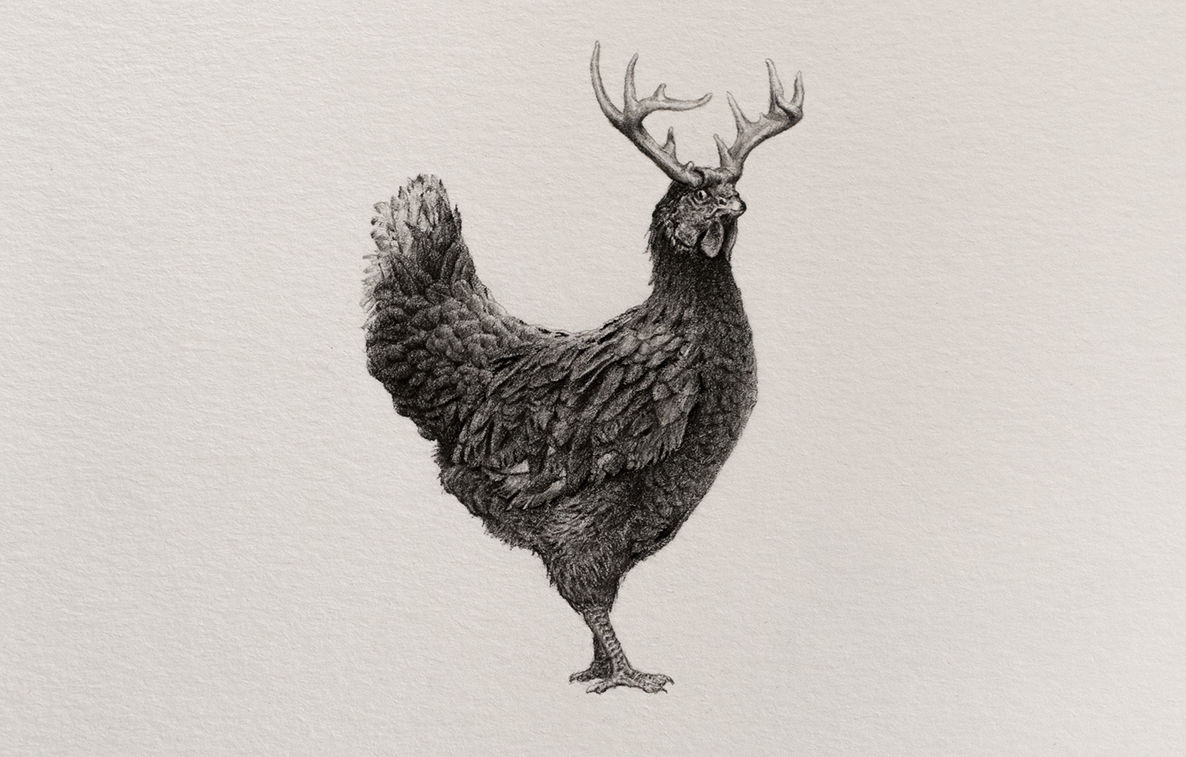
Every Friday we feature the work of an artist, photographer or illustrator who we feel really encapsulates the love for nature we champion. This week we’re showcasing the art of Mateo Pizarro, who’s created the most amazing ‘Beastiary of Improbable Animals’ we think you’ll have ever seen. Here Mateo explains the project in his own words.
My name is Mateo Pizarro, I’m originally from Bogotá, Colombia, I’m an artist. I mostly draw and make installations, and try to move around as much as possible. I’ve been living in Russia for the past 10 months but in a few days I’ll be living in Mexico City. Most of my work is meant to be shown in galleries and museums and the like, but lately I’ve also began to do book illustrations. The Beastiary of Improbable Animals is meant to be both things at once.
María del Mar Gámiz, who does the research part of the book is from Mexico City, she has worked as a researcher, teacher, editor and translator. She’s also my girlfriend, so the same 10 month stay in Russia and subsequent travel to Mexico applies.
For a few years now, animals have been at the center of my drawings. I suppose it began as an attempt to come to terms with my own animality. And in a sense that animal/human duality has remained an important aspect in my depiction of animals. The ‘Bestiary of Improbable Animals’ project I am working on with María del Mar Gámiz uses descriptions of beasts from different historical periods as a basis for the drawings. The process we followed involved Maria del Mar searching in a wide range of books for passages in which animals are described in peculiar ways, then editing those texts so the animal’s names are excluded from the description. This is central to the project: I don’t know what animal is being described. So the drawings are based solely on the written accounts.
The idea is to try to reproduce the experience of a person who reads about some beast he has never seen before (say a hyena or a shark). Before photography and google, this was not an uncommon experience. Among the things we find to be interesting is how wildly different the imagined animal can be to the real one. It is one of the consequences of using texts to describe the world, as it constantly engages with the imagination of the reader in such a way that every reader has his own distinct mental image. Whereas photography and video don’t allow for so much freedom of interpretation.
If you were so inclined, you might spend a little time thinking how many possible versions of the elephant existed in the imagination of Europeans between the Ist and the XIVth centuries, several of whom had heard about them but most had never seen a pachyderm in their lives. Also, each time period has a certain way in which it describes animals, so sometimes the descriptions portray not only the animal but the worldview of the person that is observing them.
Another thing I quite enjoy is the astonishment these creatures produce on those who see them for the first time. I try to allow myself to wander as far as the descriptions take me. It should be said that at the time of the writing of most of these texts, many mythological creatures were considered just as real as cats, wolves, or giraffes. Also, I am of the opinion a giraffe, for example, is just as improbable as any sciapod or unicorn. And now that I think about it, so is a cat.
















Thanks for reading!

